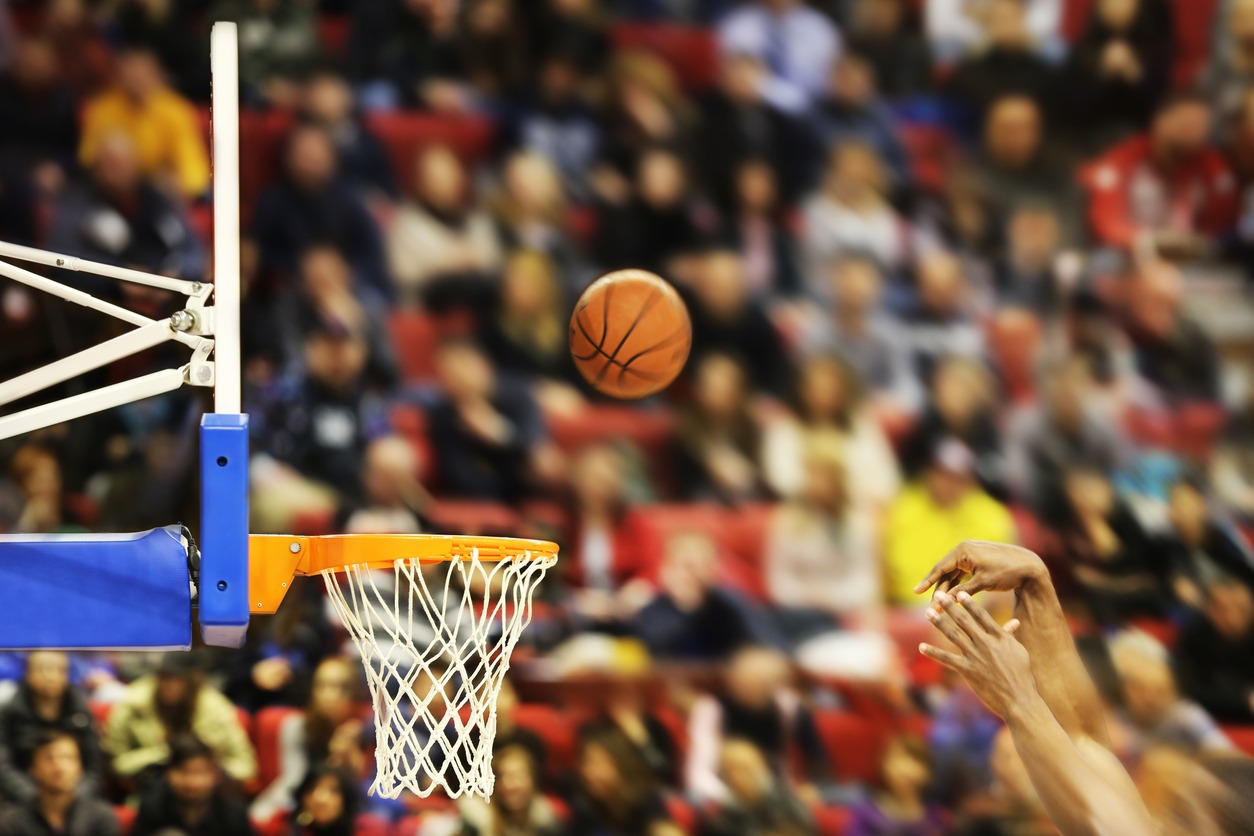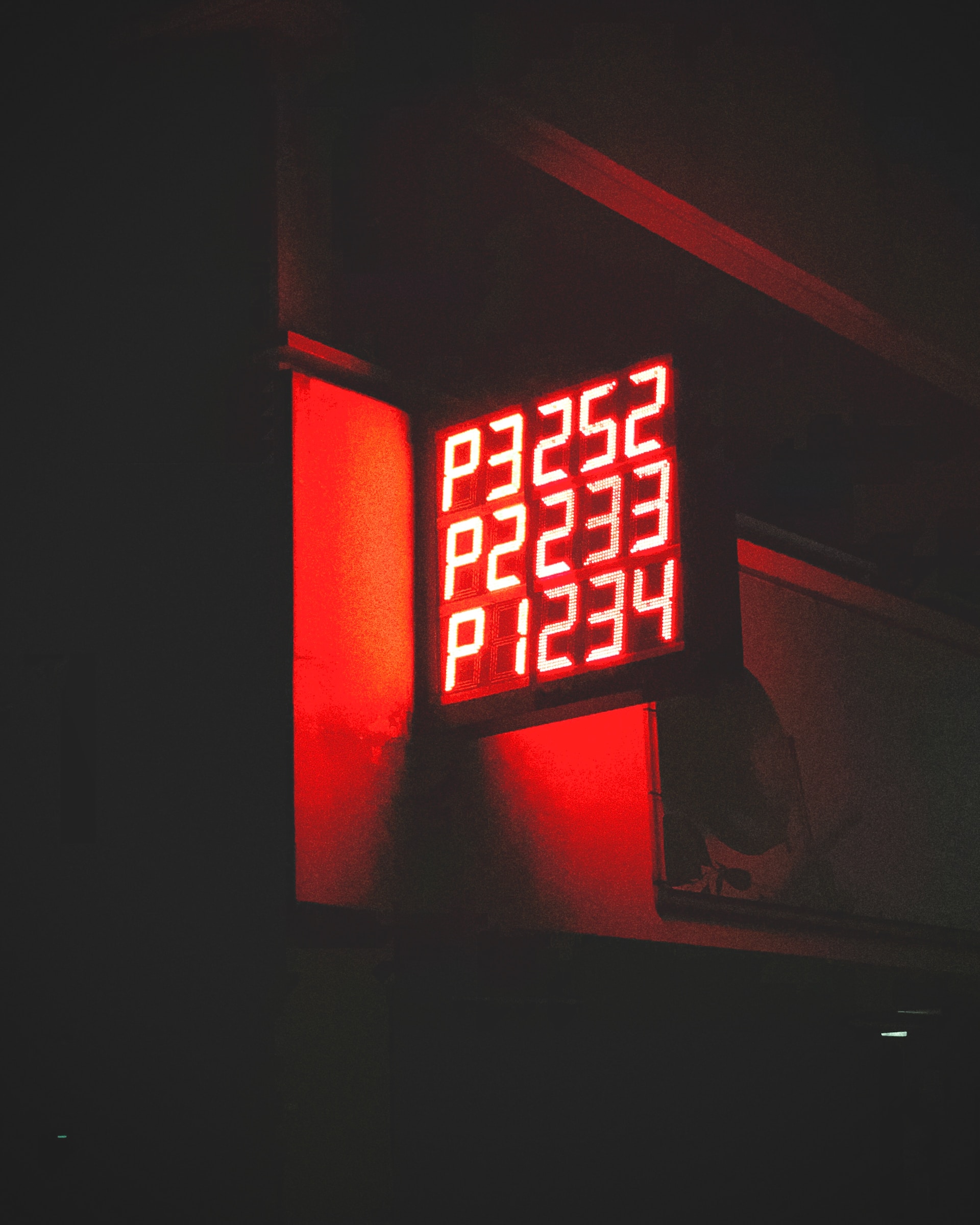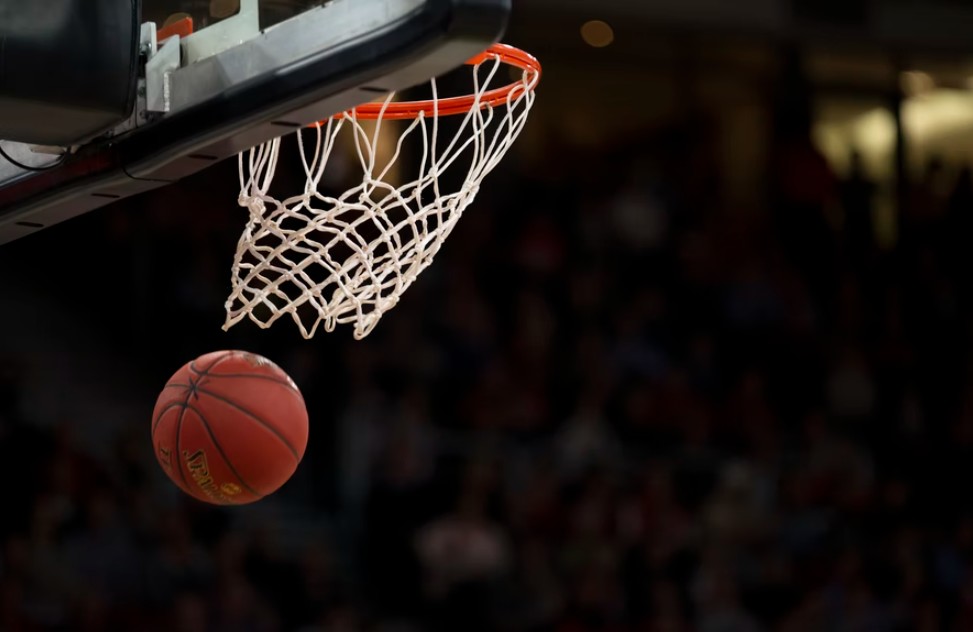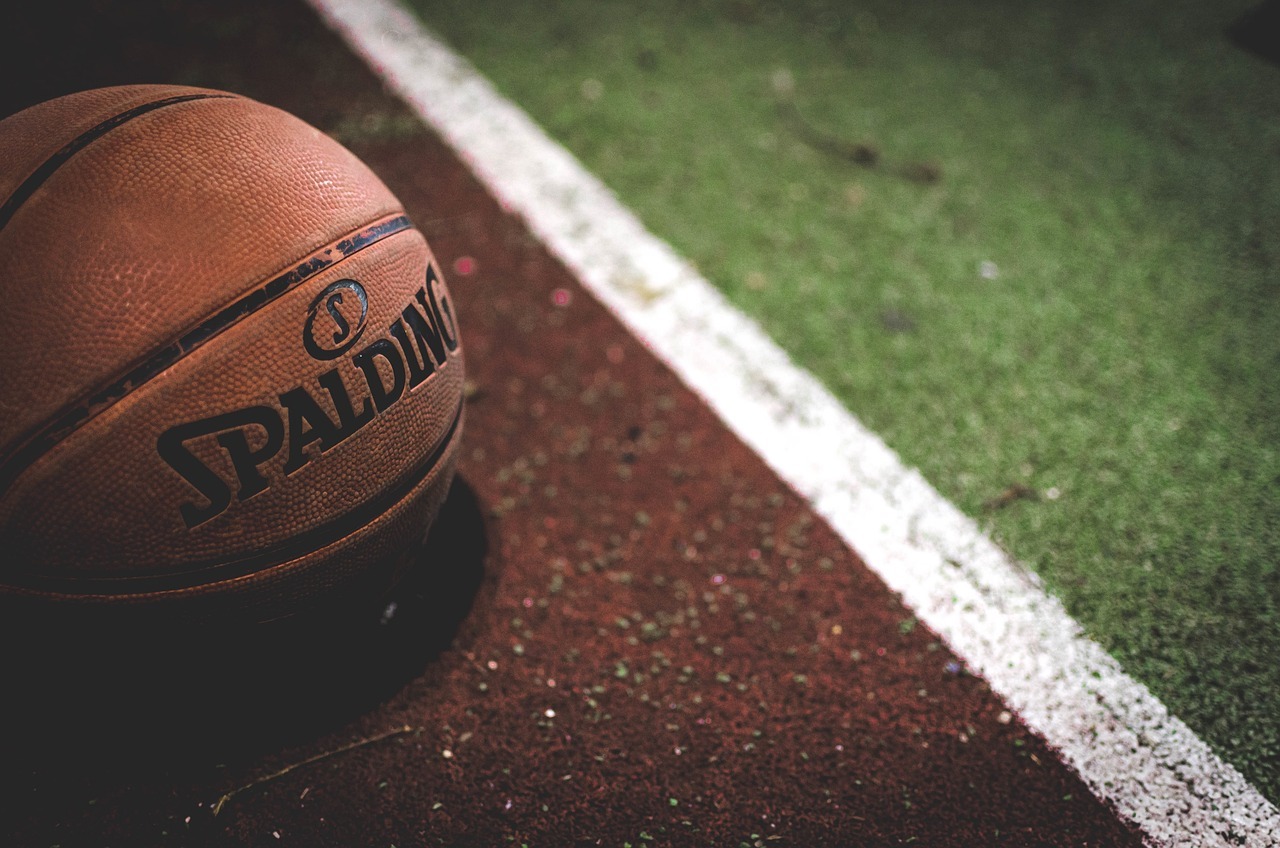Learn About The Interesting Evolution Of The NBA Backboard
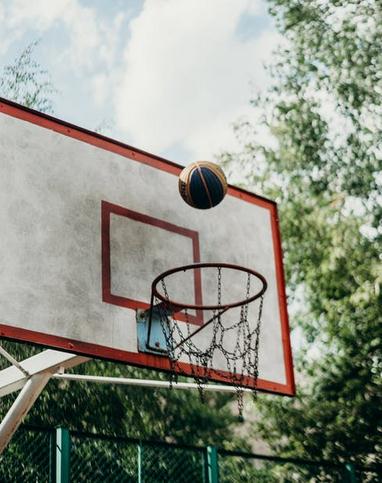
A Canadian professor of physical education and instructor at Young Men’s Christian Association came up with a new way of exercise. He was trying to keep his students active in the gym class and he invented a new game of passing the ball between players. The two teams had to score more points than another to win the game. For this purpose, they had to toss the ball into a basket.
The peach basket was elevated on the track with the bottom intact. As a result, the players had to manually retrieve the ball from the basket. Later on, backboard and metal hoops were introduced in the game. A backboard is a piece of basketball equipment. It is a raised vertical plank with an attached basket consisting of a net suspended from the hoop. It is made of a rigid, flat piece that is often plexiglass or tempered glass.
History of Backboard
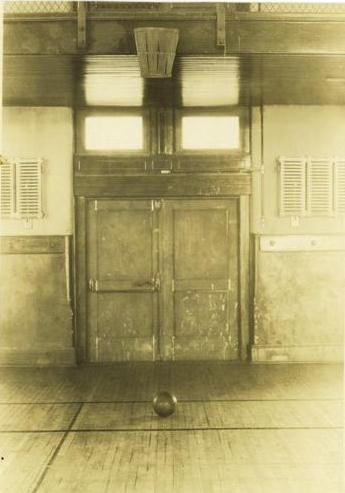
Fishing baskets or peach baskets were used until 1906. They were eventually replaced by metal hoops with backboards. Another quick change was made, through which the ball just passed. Each time a player puts the ball in the basket, the team scored a point. Hence, the team with the most points; wins the game.
The baskets were originally sunk into the balcony of the playground’s mezzanine but this proved impractical when spectators on the balcony began to interfere with the shots. The backboard was introduced to avoid interference. It had the additional effect of allowing the rebound shots.
Learn About The Interesting Evolution Of The NBA Backboard
Before Backboards
Before backboards, baskets of peaches were attached to a 10-foot post and the ball was thrown into the box. This technique had a drawback that fans would get involved by interfering with the players’ shots. Also, without boards, rebounds were not part of the game.
First Backboards
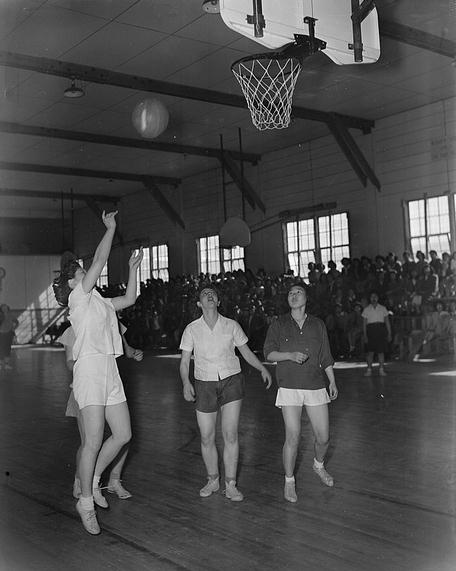
In 1893, the first backboard was created to prevent the fans from interference. They were originally made of wire mesh just like the baskets. When the backboards were introduced, the game changed to include rebounding.
Wood and Glass

In 1904, wooden backboards were made compulsory for safety reasons. It included injuries from enthusiastic fans who suffered burnouts because they were ready to try to get the ball out of the basket.
By 1909, glass backboards were becoming mainstream due to their aesthetic appeal. The modern regulated backboards are made of fiberglass. The fiberglass is transparent and harder to break.
Height and Width
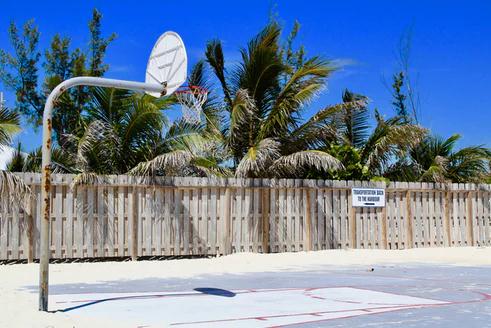
The dimensions of the previous backboards were lost over time. Now all levels of basketball including NBA, WNBA, NCAA, High school, have the same regulations about the height and width of the backboard. They should be 6 feet wide and 3 ½ feet tall.
Inner Square
It is not known exactly when it was first used in basketball. The interior dashboard square should be 24 inches wide and 18 inches high. The line should be painted white and be 2 inches thick. The square should be placed directly behind the edge and centered with 24 inches on each side. The inner square is intended to help the player to improve the perception of depth and simply guide their goal or rim.
Rim Mounting
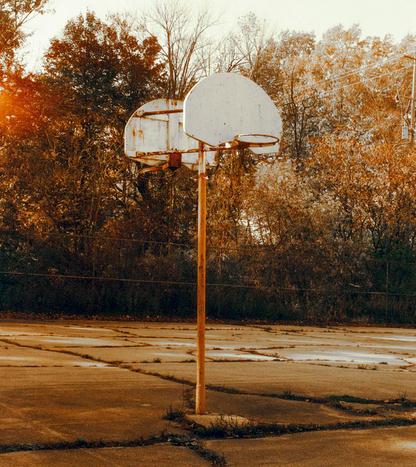
The orange rim should be mounted with a metal base on the backboard. The metal base should extend the rim 6 inches from the backboard. The front of the tire should be 24 inches from the backboard while leaving an 18-inch diameter for the tire or rim.
NBA Backboard
The backboard used in the NBA and other international basketball matches should be rigid and flat. In some cases, it is made of tempered glass or Plexiglas. It must have the properties of safety glass in the event of accidental breakage. It is generally rectangular as used in the NCAA, NBA, and international basketball. In recreational settings, a board can be oval or fan-shaped, especially in non-professional basketball games.
In addition to the leagues, marking, and governing bodies, often place decals on the edge of the board on the glass, including the organization logo or league or a national flag. At the top of the backboard, a team or league web address or sponsor logo is placed to take advantage of the high angle of the TV camera. It is used for instant replay of the dunks and other shots above the rim.
In professional and senior academic settings, the backboard is part of a portable upright that can be stowed away to allow the site to host many other sports and events. The backboard is mounted as a part of the suspended system using ceiling joists to support the lens and allow them to be placed out of the way on the ceiling support system.
Professional Leagues
The American Basketball League or ABL was the first professional basketball league. It ran from 1925 to 1931. During this time, today’s basketball hoops were used included metal rims, backboards, and nets. However, separable rims were not used and the backboards were smaller than NBA backboards.
Types of Basketball Backboard Material
Tempered Glass Backboard
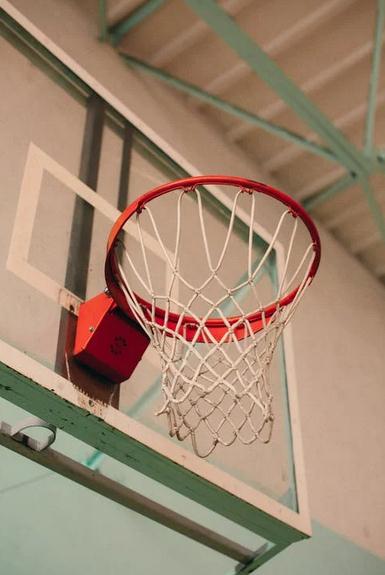
A tempered glass backboard is one of the most expensive backboards. Almost all of the panels are used in NBA competitions, Colleges, and High Schools. It is 5 to 10 times stronger than the standard glass. Also, it provides a high-quality rebound and performance.
Tempered backboards are called safety glass because if it is broken, the small pieces are not harmful. On the other hand, these backboards are less durable than acrylic and polycarbonate backboards.
Acrylic Backboard
Acrylic is a performance-based medium rebound high-performance backboard. The material is known to the Plexiglass brands. Acrylic backboards are much more tolerant than other materials. The plastic material can give basketball players functional durability. On the other hand, acrylic backboards are not the best for bounce and professional feel like tempered backboards.
It provides around 85% ball response and performance and stands as the second-best backboard material.
Polycarbonate Backboard
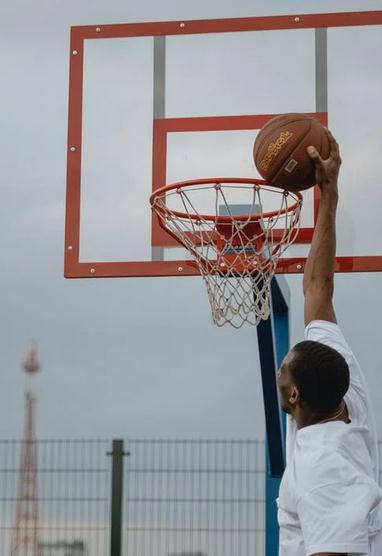
Polycarbonate and Acrylic are made of plastic but the polycarbonate material is five times stronger than acrylic. Also, it is a lightweight and soft mid-level material for the backboard. If it is not exposed to direct UV light or sunlight, it can give you a long-time gaming experience. It cannot give you the expected rebound capacity because of the soft and plastic material.
Steel Basketball Background
Steel material is more durable than any other material but the problem arises due to uncomfortable noise. Also, it is not suitable for all professional basketball games. You will see steel basketball backgrounds on the street lot or in the park. On the other hand, steel backgrounds can be used for outdoor places because the direct UV light or sunlight will not damage the material.
Basketball Backgrounds – NBA Evolution and Material
Basketball started as an indoor gym activity got famous and now there are professional champion leagues like NBA, NCAA, and other international leagues. The purpose of using a backboard is to prevent interference between the players and fans. Also, it helps to improve the performance and rebounds in the game.
Among interesting facts about basketball, the backboards are having their history and evolution throughout NBA, NCAA, and other international leagues. Backboards help the players to improve the perception of depth and simply guide their goal or rim. Usually, NBA backgrounds are made of tempered glass material that provides high-quality performance and rebounds.

